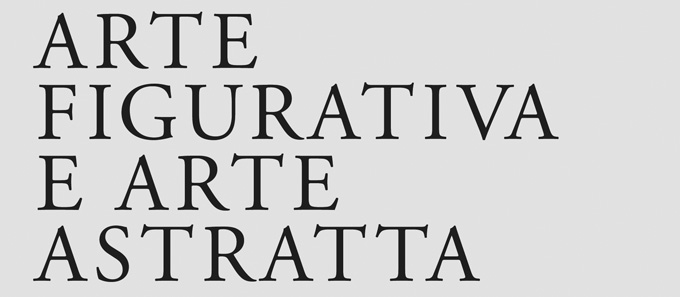
The Art History Seminars

Exactly sixty years ago, in 1954, thanks to a group of art historians, led by Giuseppe Fiocco and including experts of the calibre of Sergio Bettini, Carlo Anti and Piero Zampetti, and with Vittorio Cini’s resolute support, the Fondazione Giorgio Cini Institute of Art History was created and immediately revealed its potential to
become a major international study and research centre. The newly founded institute was officially unveiled in October of the same year, during the historic conference on Figurative Art and Abstract Art. The Institute of Art History’s critical, interdisciplinary approach and diversified methodological orientations soon made its
significance and primary aim clear. It was intended to play a leading role not only in academic research into the art of the past, but also in the debate on contemporary art by promoting international studies and major exhibitions. To celebrate the creation of the institute, the Fondazione Giorgio Cini has organised for 30-31 October an event that will explore the great depth and significance of that historic conference by placing it at the centre of the first edition of The Art History Seminars.
The first day will focus on the state of art criticism with reference to the leading players and speake rs at the historic 1954 meeting, such as Gino Severini,
Enrico Prampolini, Emilio Vedova, Felice Carena and Berto Lardera. There will also be a focus on the main issues discussed at that conference with the aim of describing the ensuing historiographical developments as well as current critical prospects. This also implies the ambition of creating a series of comparisons concerning the current state of art historical research methodologies applied to 20th-century art and criticism. Some of the topics addressed will include French, Italian and German post-war critics (bearing in mind the historic conference participants); the 1954 Venice Biennale; the abstract-figurative debate; the “Group of Eight”; the “New Front of the Arts”; the second wave of Futurism and the role of Severini; American abstract art and forays into post-war sculpture; 1950s Europe and the currents of Informel, Spatialism and Neo-avantgardes; plus various other subjects that arose at the conference.
The second day, organised in collaboration with the Palazzo Grassi, will involve a debate on issues, orientations, destinies, visions and projects associated with the discipline of art history. This will be a kind of critical think-tank aimed at producing ideas for further thought on cultural policies. On the second day there will also be a series of documentary films on major 20th-century art historians.
